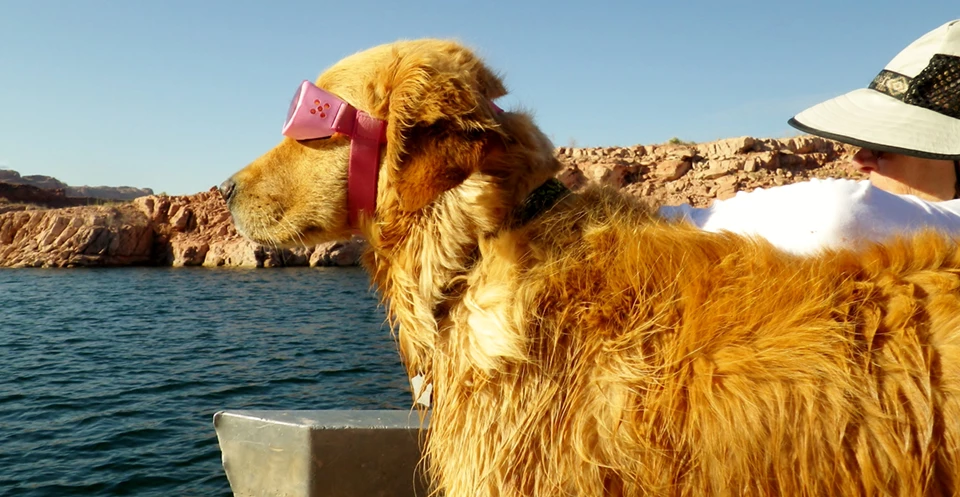
NPS / Trash Trackers Areas Open to PetsPets are allowed in most parts of the recreation area. Remember your pet is just as susceptible to the heat as you. Keep your pet hydrated and cool—a jump in the lake may be just the thing!
Areas Closed to PetsPets are NOT allowed in the following areas:
Learn about other pet friendly parks on the NPS Pets page. What Are Service Animals?
"Service animal means any dog that is individually trained to do work or perform tasks for the benefit of an individual with a disability, including a physical, sensory, psychiatric, intellectual, or other mental disability. Other species of animals, whether wild or domestic, trained or untrained, are not service animals for the purposes of this definition. - The Americans with Disabilities Act |
Last updated: January 5, 2024
